Bovine Leukemia Virus (BLV) in Jersey Cows
Introduction
The Dairy Industry and Jersey Cows
The dairy industry is a vital component of global agriculture, ensuring a steady supply of nutritious products. Among the myriad of cattle breeds, Jersey cows are particularly esteemed. Their origin traces back to the Isle of Jersey in the English Channel, and their ability to produce high-quality milk has made them a favorite among dairy farmers.
The Challenge of BLV
However, dairy farming is not without its challenges. One significant concern is the Bovine Leukemia Virus (BLV). This retrovirus, which is responsible for enzootic bovine leukosis (EBL), the most common neoplastic disease in cattle, poses a threat not just to Jersey cows but to the entire cattle industry.
What is BLV?
Characteristics of BLV
Bovine Leukemia Virus, commonly referred to as BLV, belongs to the Retroviridae family, specifically the Deltaretrovirus genus. Retroviruses integrate their genetic material into the host cell’s DNA, which can disrupt normal cellular functions. The BLV genome contains genes typical of retroviruses: gag, pol, and env, along with regulatory genes like tax and rex. This disruption can lead to Bovine Leukemia, a form of cancer targeting B lymphocytes, leading to their proliferation.
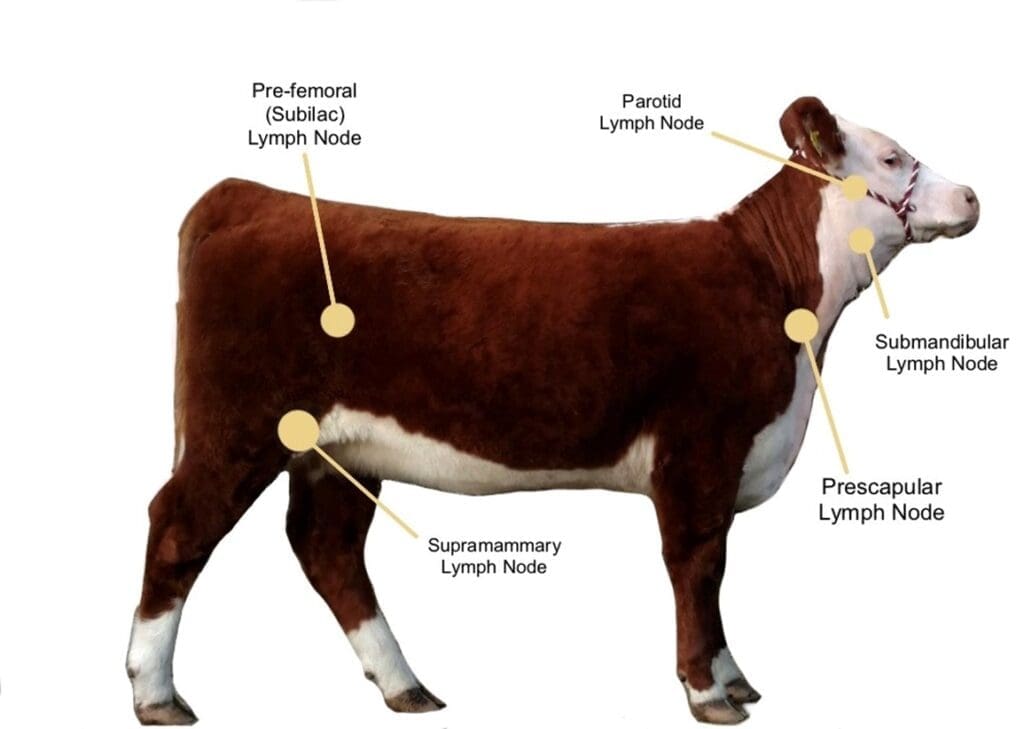
Manifestation and Dormancy
The disease can present in various ways. Some cows might remain asymptomatic, showing no signs of illness, while others may develop tumors in different organs. A particularly challenging aspect of BLV is its ability to stay dormant. A cow can harbor the virus for years without any visible symptoms, allowing for unnoticed transmission within a herd.
Impact on Jersey Cows
Prevalence in Jersey Cows
Jersey cows, while known for their high-quality milk, have shown a particular susceptibility to BLV. The global prevalence of BLV infection ranges from 30-100%, with variations across countries. The reasons for this increased vulnerability in Jersey cows are still under research, but it’s clear that the impact on this breed is significant.
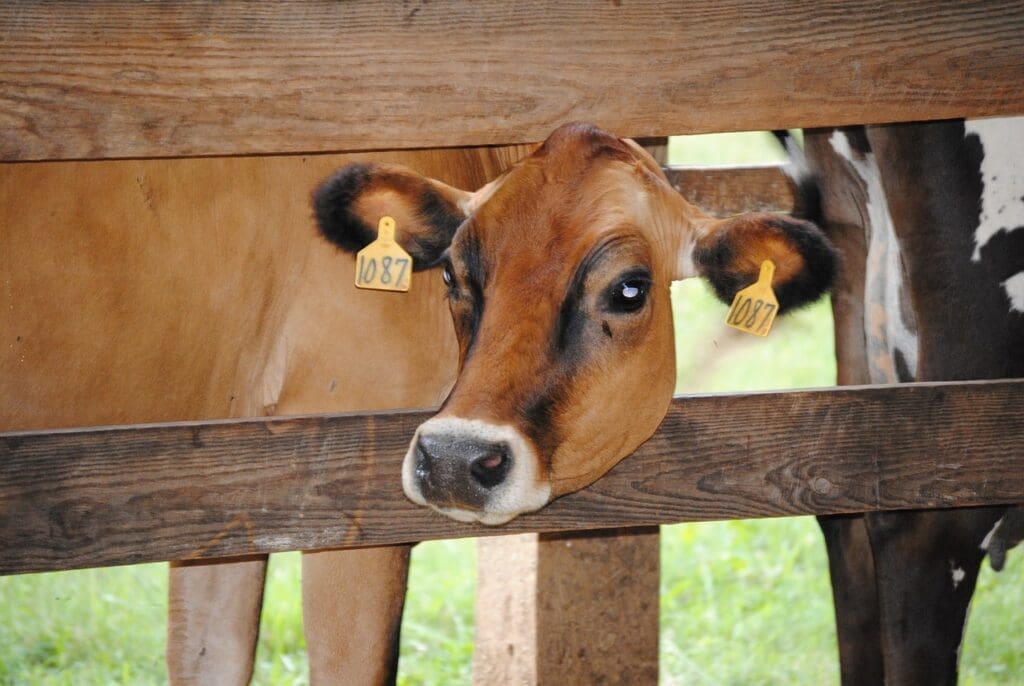
Economic and Health Implications
When a Jersey cow contracts BLV, the repercussions can be multifaceted. Infected cows often exhibit reduced milk production, weight loss, and anorexia. Enlarged lymph nodes are another common symptom. For dairy farmers, this translates to economic challenges. Reduced milk sales, early culling, and reduced carcass value can lead to substantial financial losses.
Transmission and Diagnosis
Routes of Transmission
BLV primarily spreads through the transfer of infected cells, mainly by blood-contaminated equipment or procedures. This can include blood, milk, and even colostrum. Common transmission routes involve shared equipment, close contact during calving, and biting insects like flies. Ensuring cleanliness and minimizing direct contact between cows can help reduce transmission.
Diagnostic Methods
Early detection of BLV is crucial to manage and control its spread. Blood tests, such as the agar gel immunodiffusion test (AGID) and enzyme-linked immunosorbent assay (ELISA), are primary diagnostic methods, detecting antibodies against the virus. Molecular techniques like polymerase chain reaction (PCR) offer a more detailed diagnosis, allowing for quicker and more reliable results.
Prevention and Control
Best Practices for Prevention
To curb the spread of BLV, dairy farmers must adopt a combination of best practices. This includes using sterilized equipment, segregating infected animals, and regularly testing the herd. Ensuring that cows do not share needles, tattoo equipment, or dehorning tools can significantly reduce the risk of transmission. Additionally, controlling biting insects, which can act as vectors, is crucial.
Vaccination and Its Efficacy
While there is currently no definitive vaccine against BLV, ongoing research in the field of veterinary medicine holds promise for future developments. It’s essential for dairy farmers to stay updated with the latest research findings, as breakthroughs in this area can significantly impact herd management strategies.
Current Research and Future Prospects
Ongoing Studies on BLV
The scientific community is continuously working to better understand BLV, its transmission, and its impact on various cattle breeds, including Jersey cows. Research is focused on developing more effective diagnostic tools, treatments, and preventive measures.
The Importance of Staying Updated
Given the dynamic nature of scientific research, it’s crucial for dairy farmers and industry stakeholders to stay informed about the latest findings related to BLV. Platforms like JerseyMilkCow offer a wealth of information, with studies spanning various aspects of veterinary medicine and animal health. Regularly consulting such databases can provide insights into emerging trends, potential treatments, and breakthroughs in BLV control.
Conclusion
The Pervasive Challenge of BLV
The Bovine Leukemia Virus (BLV) remains a pervasive challenge in the dairy industry, especially for breeds like the esteemed Jersey cow. Its ability to remain dormant and spread silently within herds makes it a formidable adversary for dairy farmers. The economic and health implications of BLV infections underscore the importance of proactive measures and continuous research.
The Path Forward
While the current landscape presents challenges, the continuous efforts of the scientific community offer hope. With advancements in diagnostic methods, a deeper understanding of the virus’s behavior, and the potential for effective vaccines in the future, there’s optimism for better management of BLV in the coming years.
Staying Informed and Vigilant
For dairy farmers and stakeholders, staying informed about the latest research and findings is paramount. By adopting best practices, investing in early detection, and supporting ongoing research, the industry can work collectively towards minimizing the impact of BLV. The health of our herds is not just an economic imperative but also a testament to the commitment to animal welfare and the production of high-quality dairy products.
In the end, the fight against BLV is a collaborative effort, requiring the combined energies of farmers, researchers, and industry experts. Together, with knowledge and determination, we can pave the way for a healthier future for our beloved Jersey cows and the broader dairy industry.
Sources:
Gutiérrez, G., Alvarez, J. G., Politzki, R. P., Lomónaco, M., Dus Santos, M. J., Rondelli, F., … & Esteban, E. N. (2016). Bovine leukemia virus: current perspectives. Veterinary Medicine: Research and Reports, 7, 1–8.
Bovine Leukosis Virus | Cornell University College of Veterinary Medicine
In our kitchen, we only use cultures from Cultures for Health.
Get yours here and start culturing today.
Popular Articles
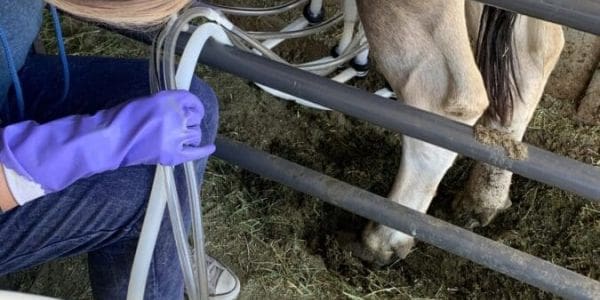
Jersey Cow Milking 101: Follow These 6 Tips for a Smoother Milking Process
Newsletter
Get signed up to get latest updates and new information from the Jersey Milk Cow!
This site uses Akismet to reduce spam. Learn how your comment data is processed.

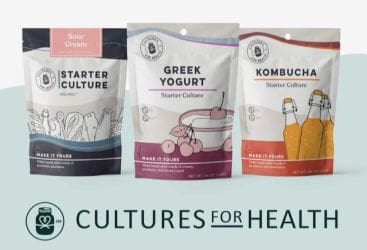
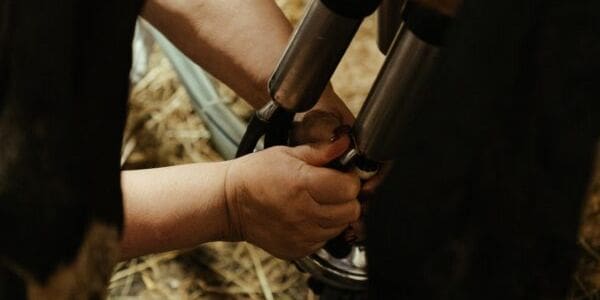
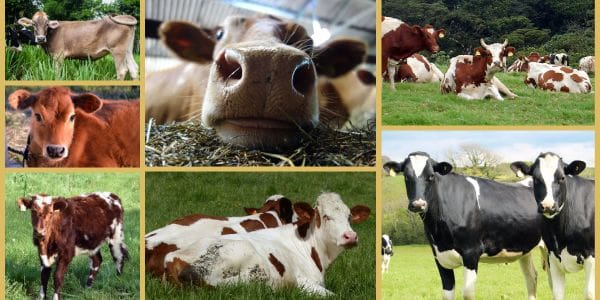
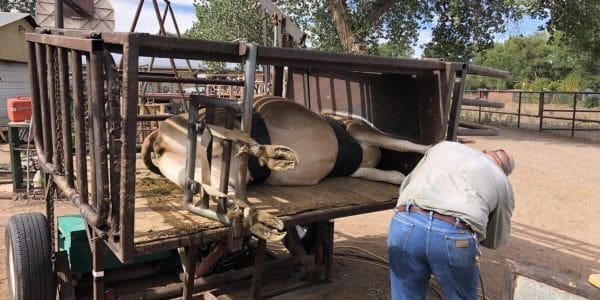

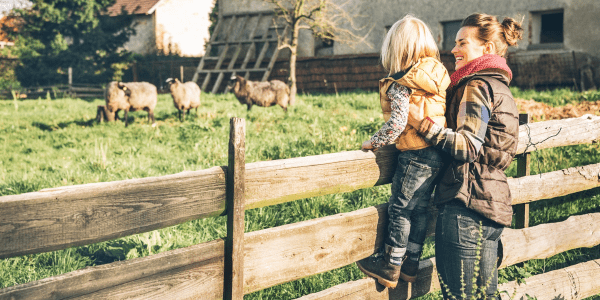
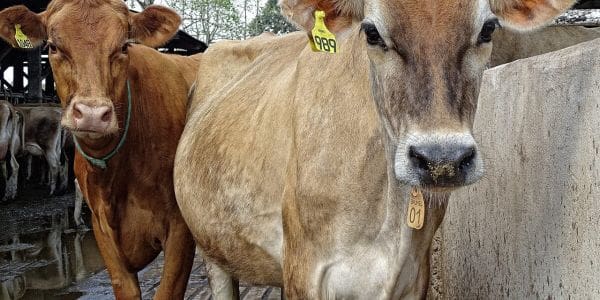
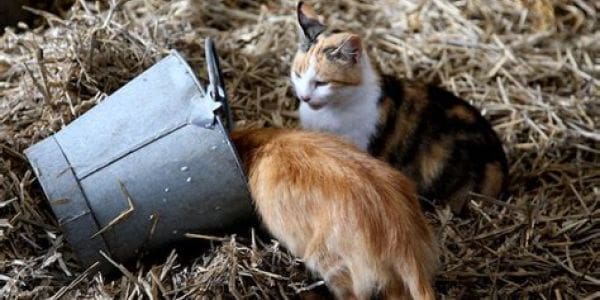
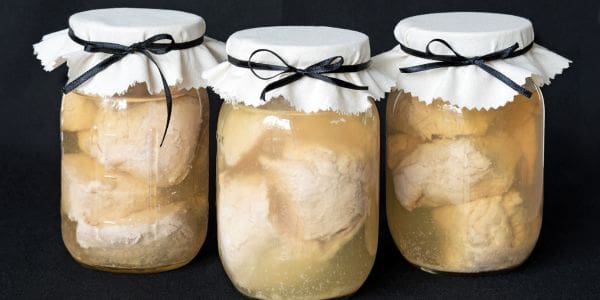

Leave a Reply